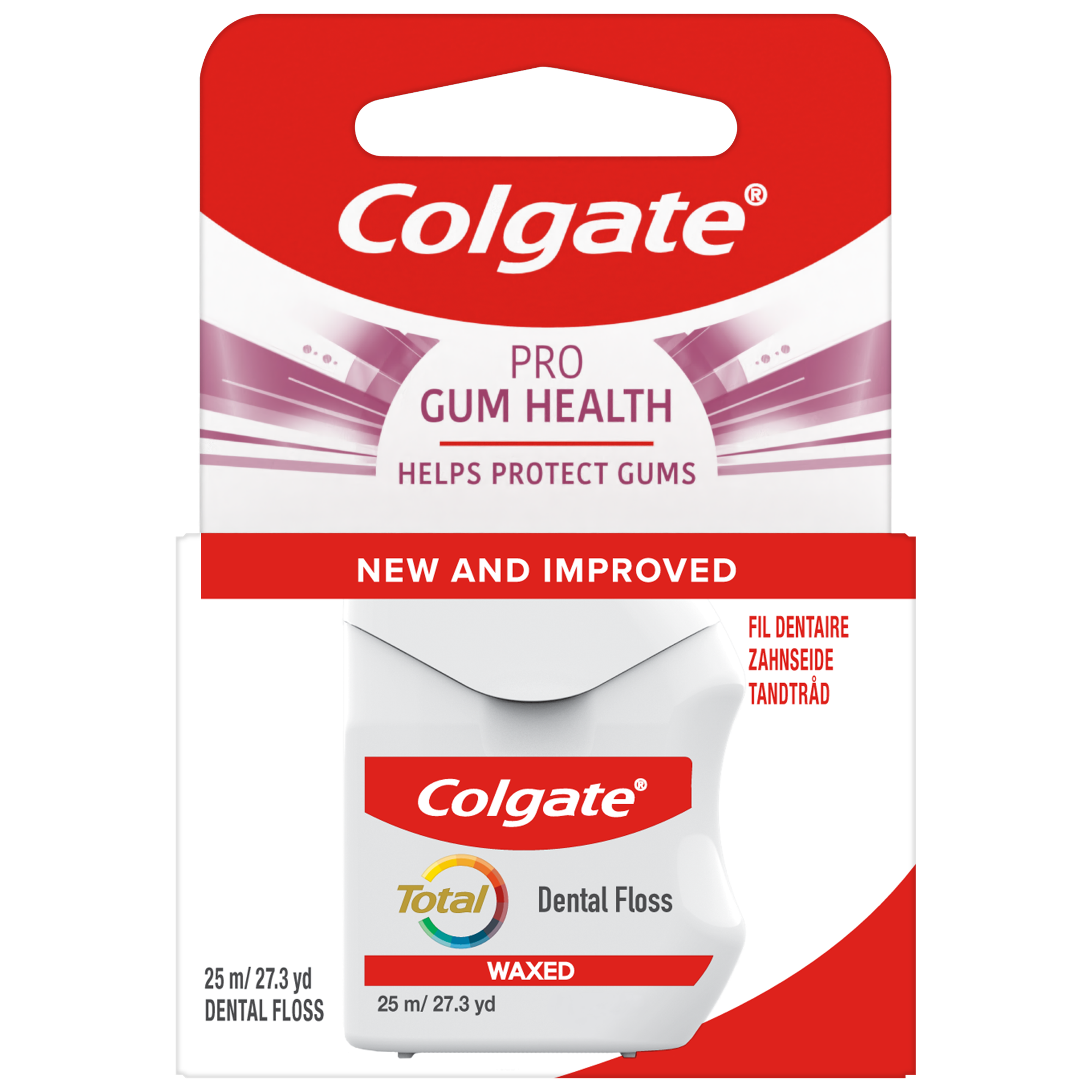
The Use of Confocal Laser Scanning Microscopy and a Novel Imaging Program for Quantifying Dentin Tubule Occlusion
Study objectives
The purpose of this study was to investigate the in vitro dentin occlusion, utilizing a Leica DCM8 3D Microscope, of Colgate Sensitive Pro-Relief (CSPR) toothpaste, Sensodyne Rapid Relief (SRR) toothpaste (with Stannous Fluoride and Sodium Fluoride - EU) and Colgate Cavity Protection (CCP).
Trial conditions and methods
Products under investigation
Test dentifrice 1: Colgate Sensitive Pro-Relief (PCC+ 8% arginine + 1450ppm MFP; Colgate-Palmolive Company, New York, NY)
Test dentifrice 2: Sensodyne Rapid Relief (0.454% Stannous Fluoride + 0.072% NaF; GlaxoSmithKline, Brentford, London, UK)
Test dentifrice 3: Colgate Cavity Protection (PCC + 1450 ppm MFP; Colgate-Palmolive Company, New York, NY)
Methods
Cut dentin specimens from human teeth were polished, etched with 1% citric acid, dried and imaged. The dentin surface was treated with slurries by brushing 1 part PBS to 3 parts toothpaste for 30 seconds. Samples were allowed to sit for 15 minutes at room temperature, placed in 30 ml PBS, stirred at 130 rpm for 15 minutes, rinsed and dried. The procedure was repeated 5 times. Occlusion was quantified based on the total scanned image area of open tubules before treatment versus the area of the existing open dentin tubules after treatment using confocal microscopy. A subsequent Tukey multiple comparison test was performed to assess pair-wise comparisons of the toothpastes. A p-value < 0.05 indicated statistically significant differences among the samples.
Results
The percent occlusion for the three toothpaste samples was calculated to be 91% for CSPR, 67% for Sensodyn Rapid Relief, and 35% for Colgate Cavity Protection. The Tukey pair-wise comparison test shows statistically better (p< 0.05) occlusion for CSPR versus both the SRR and CCP toothpastes. Additionally, the SSR provided statistically better (p< 0.05) occlusion than the CCP toothpaste.
Confocal Images Used to Quantitatively Determine % Occlusion
Figure 1. Before treatment images showing open tubules

Figure 2. After treatment images with percent occlusion

Conclusion
The results from this in vitro study show that the treatment of dentin specimens with CSPR toothpaste exhibit significantly greater occlusion when compared to both the Sensodyne Rapid Repair and the CCP control samples.
Join us
Get resources, products and helpful information to give your patients a healthier future.
Join us
Get resources, products and helpful information to give your patients a healthier future.









